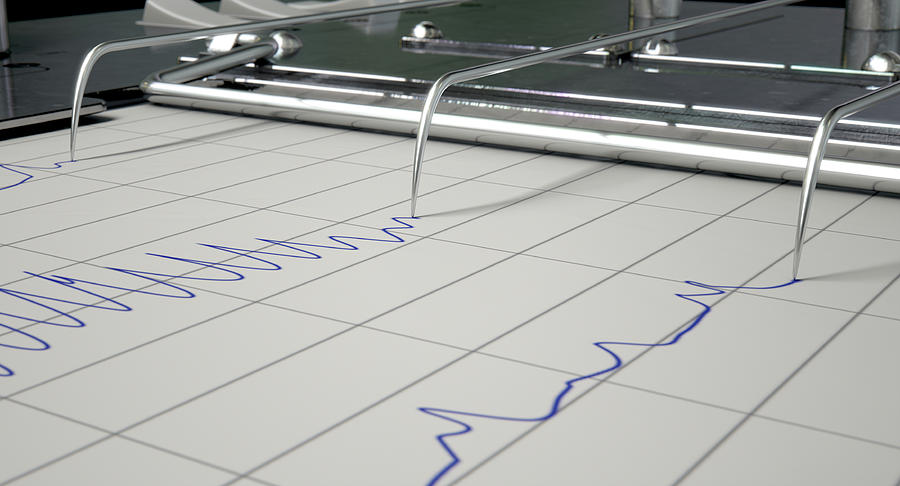Unveiling the Truth: The Power of the Lie Detector Test
Unveiling the Truth: The Power of the Lie Detector Test
Blog Article

Welcome to the world of lie detector tests, where science meets truth-seeking in a unique and intriguing way. The lie detector test, also known as a polygraph test, has long been a staple in investigations and interrogations, offering a tool that claims to uncover deception and reveal hidden truths. But just how reliable and accurate is this controversial method of detecting lies? Let's dive into the fascinating realm of lie detector tests to unveil the secrets behind this powerful tool.
History of Lie Detector Test
The concept of lie detection dates back to ancient times when methods like trial by ordeal were used to determine truth or falsehood. However, the modern lie detector test, also known as polygraph, was developed in the early 20th century.
The first polygraph instrument was created by John Augustus Larson, a medical student and police officer in Berkeley, California, in 1921. Larson's device measured changes in physiological responses such as blood pressure, pulse rate, and respiration to detect deception.
Over the years, advancements in technology and research have led to improvements in the accuracy and reliability of lie detector tests. Despite ongoing debate about their efficacy and ethics, polygraph examinations continue to be used in various fields such as law enforcement, government agencies, and employment screenings.
How Lie Detector Test Works
Lie detector exam
A lie detector test, also known as a polygraph test, operates on the principle of monitoring physiological responses. When a person is being questioned, the polygraph measures various bodily indicators such as heart rate, blood pressure, respiration, and skin conductivity. These factors are believed to fluctuate when someone is being deceptive, as the body may experience stress or anxiety in response to lying.
The data collected by the polygraph is analyzed by a trained examiner who looks for patterns or irregularities in the physiological responses. Through this analysis, the examiner can determine the likelihood of deception based on the changes observed during specific questions. While the accuracy of lie detector tests has been a topic of debate, proponents argue that the technology provides valuable insights into the truthfulness of individuals undergoing testing.
Overall, the functioning of a lie detector test is predicated on the assumption that deceptive responses can be distinguished from truthful ones based on physiological reactions. Despite its limitations and controversies, the use of polygraph tests continues to be prevalent in various settings, including law enforcement, government agencies, and certain industries.
Limitations of Lie Detector Test
Interpreting the results of a lie detector test can be challenging due to various factors. The accuracy of the test can be influenced by the individual's mental state during the examination, which may lead to inconclusive results. Additionally, factors such as anxiety or nervousness can affect the physiological responses measured by the test, potentially causing false readings.
Furthermore, the reliability of lie detector tests has been a subject of debate among experts in the field. The validity of these tests can be called into question, as they rely on the assumption that physiological responses are indicative of deception. However, some individuals may be able to manipulate their physiological responses consciously or unconsciously, casting doubt on the overall effectiveness of the test in accurately detecting deception.
It is important to note that lie detector tests are not foolproof and should be considered as just one tool in the investigative process. While they can provide valuable insights in certain situations, it is essential to interpret the results cautiously and consider other evidence to arrive at an informed conclusion.
Report this page